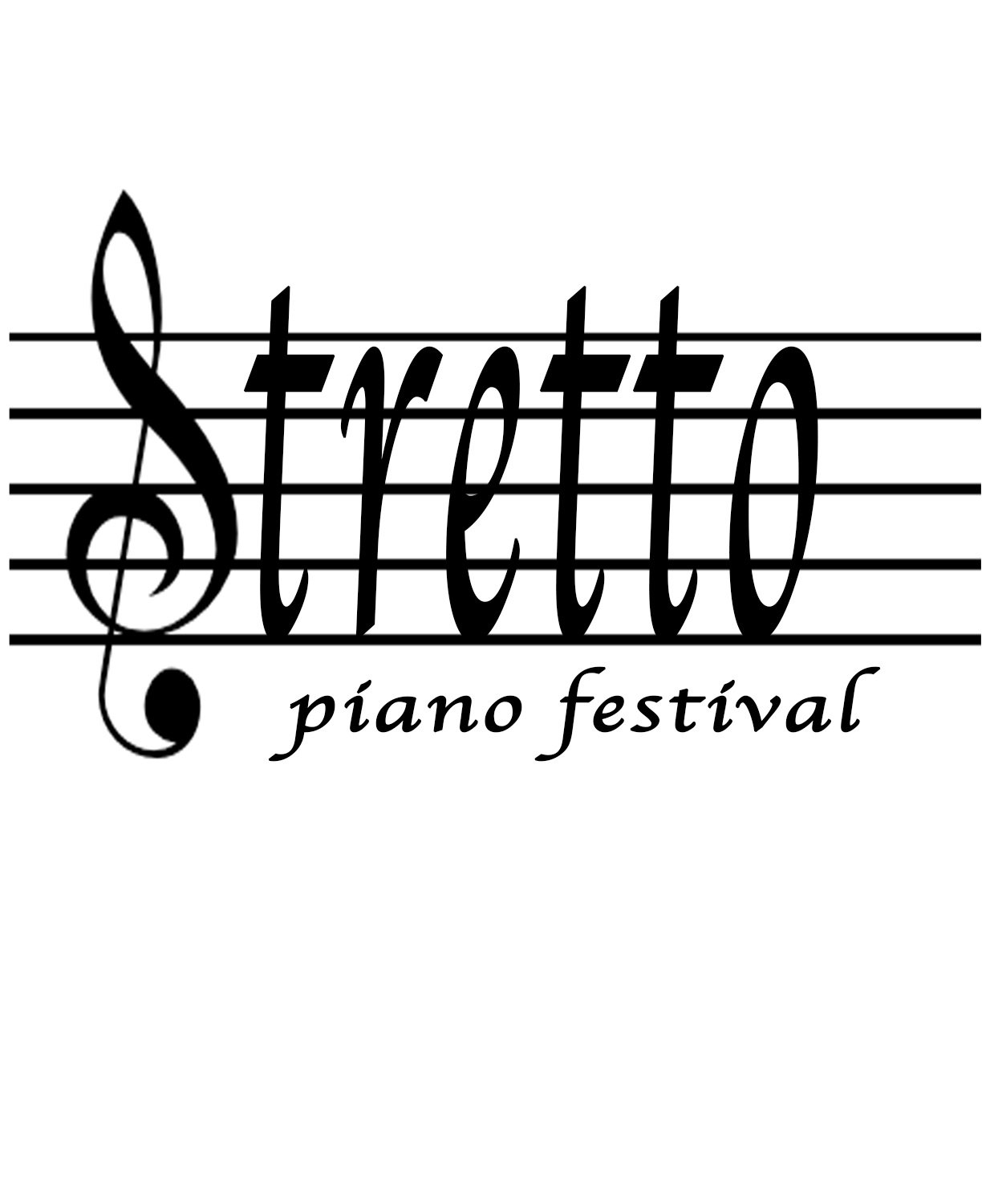Our Mission:
To produce and promote widely publicized year-round concerts that use stretto pianos, instruments with narrower-than-conventional keys
To elevate media visibility in major cities like New York to have centers for year-round concerts
To include professionals and amateurs of all ages and music genres to participate in the use of stretto pianos for concerts, practice, rehearsals, composition, and education
To selectively attract stretto instruments to be used in the New York venue and other venues
To showcase the new manufacturers that are creating stretto pianos and keyboards worldwide
To promote equity and inclusion in these endeavors and to report on our progress and success
Our goal is to produce and promote as many concerts that use stretto pianos which have narrower-than-conventional keys, in major cities and those that are already have these instruments. We would like to expand the number of concerts that use stretto pianos as quickly as possible to concert halls everywhere.
This way, stretto artists could tour and perform in those venues, spreading awareness of the usefulness they provide and the joy that is created by playing them, engaging the media, and inviting untapped audiences and followers.
In New York City, we are willing to spread global awareness of stretto pianos by producing concerts using Ms. Reimann’s own stretto grand piano in a dedicated performance space and inviting artists from around the world to perform there. We will also produce a documentary feature film. We have already received requests and agreements from busy, touring artists, up-and-coming artists and educators.
We would prefer to include one piano with the conventional 6.5-inch octave at our concerts, so that pianists could have a choice of key size.
The momentum, energy and inspiration from these events would inspire manufacturers to participate in the ways they wish, and eventually, build more stretto pianos.
Our ultimate goal of establishing two alternative standard sizes of key (5.5 and 6.0 inch) for both grand, upright, and electronic pianos throughout the world could gradually unfold this way, addressing a worldwide community’s needs.
What is a Stretto Piano?
Stretto means narrow in Italian.
Stretto pianos comprise a category of keyboard instruments that include the following:
Pianos that were rebuilt to have keys narrower than those in the original instrument (like the 88-key, 48-inch keyboards found in Yamaha, Steinway, Kawai etc. pianos) to have 44-inch keyboards or other smaller sizes. Over the years, several pioneers are determining through studies that 6.0-inch octave keyboards and 5.5-inch octave keyboards are comfortable for most pianists.
Pianos that were built originally with keys that are narrower than the conventional wood-and-metal pianos from the 20th and 21st centuries such as historic ones (harpsichords, clavichords, organs, and fortepianos) and new ones that have 88 or fewer keys (like Moog synthesizers).
Any other piano keyboard that has 88 keys and is narrower than 48 inches or that has fewer than 88 keys and has an octave span less than 6.5 inches.
Pianos with various key widths have existed since keyboard instruments were first invented centuries ago. In the mid-to-late 19th century, however, cast iron piano frames were invented in order to keep up with the demands of larger performance halls. This innovation caused a significant increase of the octave span. Famous male, large-handed virtuosos, like Franz Liszt, started touring at this time and played the bigger instruments with ease. Prominent manufacturers standardized these powerful pianos of the late nineteenth century, mass-producing the conventional size we have today.
Since then, pianists with smaller hands have found this conventional size challenging to play, and have even experienced playing-related injuries in many cases. Many artists realized that one size does not fit all, especially for repertoire written by composers who had or have large hands.
Composer, inventor, and pianist Josef Hofmann, for example, had several Steinway grand pianos made in the early and mid-20th century with narrower keys, with an octave about 6.3 inches!
In the 1990s, pianist Christopher Donison and engineer David Steinbuhler came together to create an official smaller keyboard size. Steinbuhler established the DS Foundation in 2018 which now offers DS6.0® (approximately 15/16 width of conventional) with a 6.0-inch octave and the DS5.5® (approximately 7/8 width) with a 5.54-inch octave.
Please see the paskpiano.org website for articles, information, and multiple studies.
Today, more people want a choice of piano key size, and the late 20th century and early 21st century have presented more freedom for musicians seeking out solutions in terms of key size. Facilitated by globalization, fewer boundaries in language, and the use of the internet to exchange information, for communication and innovation, the demand for Stretto Pianos is growing with increasing speed, interest, and passion.




